Home>Gardening & Outdoor>Landscaping Ideas>How To Get Rid Of Flying Bugs In The Grass
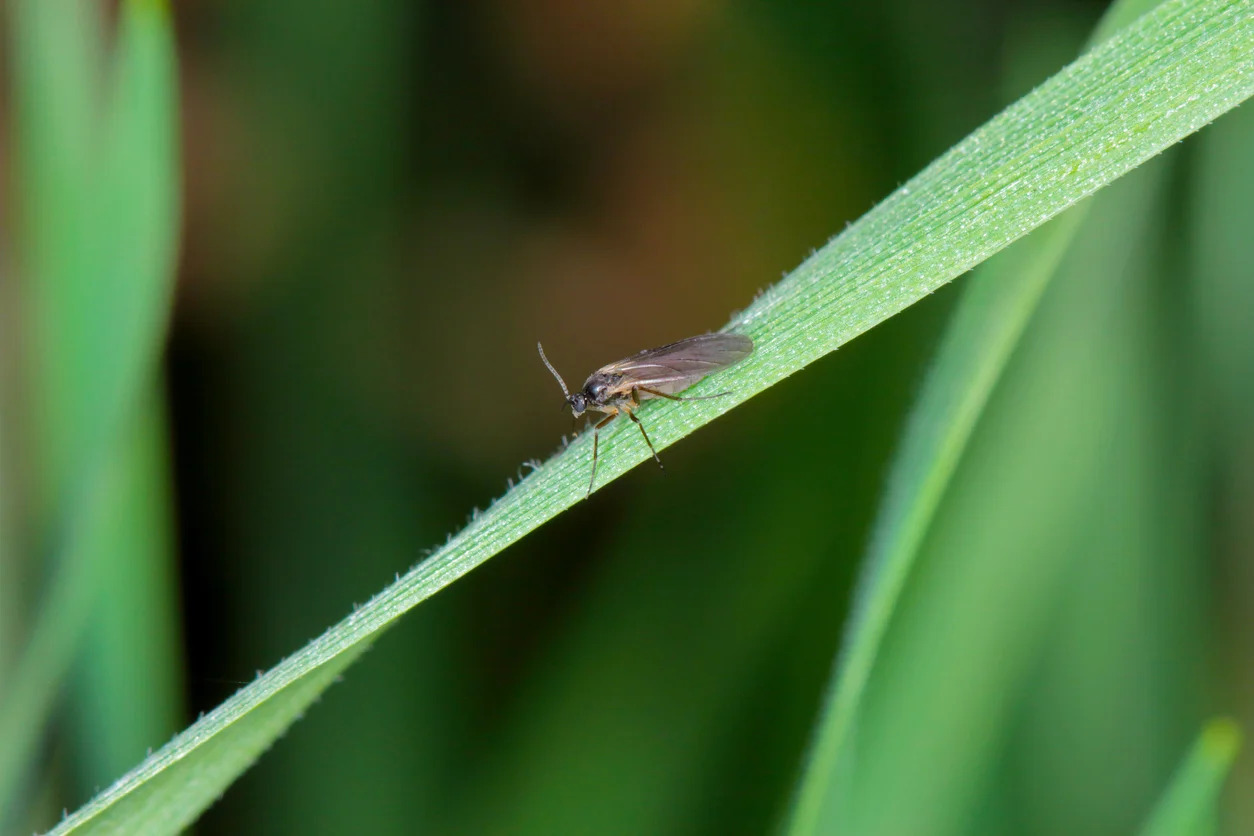

Landscaping Ideas
How To Get Rid Of Flying Bugs In The Grass
Modified: October 20, 2024
Learn effective landscaping ideas to eliminate flying bugs in the grass and enjoy a bug-free outdoor space. Discover natural solutions and tips for insect control.
(Many of the links in this article redirect to a specific reviewed product. Your purchase of these products through affiliate links helps to generate commission for Storables.com, at no extra cost. Learn more)
Introduction
Welcome to the great outdoors, where the lush green grass invites us to relax and enjoy the beauty of nature. However, this idyllic scene can be disrupted by the presence of pesky flying bugs. These unwelcome visitors can turn a peaceful afternoon into a battle of swatting and itching. But fear not, as there are effective ways to reclaim your outdoor space and bid farewell to these bothersome insects.
In this article, we will explore the various types of flying bugs that commonly inhabit grassy areas, identify natural remedies and chemical solutions for eliminating them, and discuss preventive measures to keep your outdoor spaces bug-free. Whether you’re planning a picnic, a game of frisbee, or simply want to bask in the sun without being accosted by buzzing nuisances, the following tips will help you reclaim your outdoor haven.
Key Takeaways:
- Say goodbye to pesky flying bugs in your yard by using natural remedies like citronella, essential oils, and herb gardens. These eco-friendly solutions create a bug-resistant outdoor space for relaxation and enjoyment.
- Prevent flying bug infestations by removing standing water, maintaining landscaping, and using natural deterrents like citronella. These proactive measures create a bug-free outdoor haven for leisure and gatherings.
Identifying the Flying Bugs
Before embarking on a mission to eradicate flying bugs from your grassy paradise, it’s essential to identify the specific types of insects you’re dealing with. Understanding the characteristics and behaviors of these creatures will enable you to choose the most effective methods for managing and repelling them.
Common flying bugs that infest grassy areas include mosquitoes, gnats, and flies. Mosquitoes are notorious for their itchy bites and can carry diseases, making them a significant nuisance. Gnats, often found in damp or moist environments, are tiny flying insects that can gather in swarms, causing irritation to both humans and pets. Flies, attracted to decaying organic matter, can be a persistent annoyance during outdoor activities.
Another common pest is the crane fly, often mistaken for a giant mosquito due to its long legs and slender body. However, crane flies do not bite or sting and primarily feed on nectar. While they may not pose a direct threat to humans, their presence can still be bothersome.
By observing the size, color, and behavior of the flying bugs in your outdoor space, you can gain valuable insights into their species and habits. This knowledge will guide your efforts in selecting the most appropriate strategies for managing and eliminating these unwanted visitors.
Natural Remedies for Getting Rid of Flying Bugs
When it comes to addressing flying bug infestations in grassy areas, natural remedies offer an eco-friendly and often effective approach. These remedies not only help eliminate the immediate presence of bugs but also contribute to maintaining a harmonious and sustainable outdoor environment.
1. Citronella: Derived from the leaves of lemongrass, citronella is renowned for its insect-repelling properties. Citronella oil, when used in candles, torches, or diffusers, emits a fragrance that deters mosquitoes and other flying bugs, creating a pleasant and bug-free outdoor ambiance.
2. Essential Oils: Certain essential oils, such as lavender, eucalyptus, and peppermint, possess natural insect-repelling qualities. Diluting these oils with water and spraying the solution in the grassy areas can help deter flying bugs while infusing the surroundings with delightful aromas.
3. Herb Gardens: Cultivating insect-repelling herbs like basil, rosemary, and mint in your garden not only adds greenery and fragrance but also serves as a natural deterrent for flying bugs. These herbs can be strategically planted around outdoor seating areas to create a bug-resistant barrier.
4. Neem Oil: Extracted from the seeds of the neem tree, neem oil is a potent natural insecticide. Diluting neem oil with water and spraying it on grass and foliage can effectively repel flying bugs while being safe for plants and the environment.
5. Beneficial Insects: Introducing beneficial insects, such as ladybugs and dragonflies, to your outdoor space can help control flying bug populations. These predatory insects feed on pests, contributing to a natural and sustainable pest management system.
By incorporating these natural remedies into your outdoor maintenance routine, you can create a bug-resistant environment while minimizing the use of synthetic chemicals, promoting a healthier ecosystem for both humans and wildlife.
One way to get rid of flying bugs in the grass is to mow the lawn regularly and keep it well-trimmed. This reduces the bugs’ habitat and makes it harder for them to hide.
Chemical Solutions for Eliminating Flying Bugs
While natural remedies offer a gentle and eco-friendly approach to managing flying bugs in grassy areas, chemical solutions can provide targeted and rapid control when dealing with persistent infestations. It’s important to exercise caution and follow product instructions carefully when using chemical treatments to ensure the safety of humans, pets, and the environment.
1. Insecticides: Selective insecticides formulated for outdoor use can effectively target flying bugs while minimizing impact on non-target organisms. These products are available in various formulations, including sprays, granules, and foggers, offering flexibility in application based on the extent and location of the infestation.
2. Mosquito Dunks: Mosquito dunks, containing a bacterium that specifically targets mosquito larvae, are a targeted and environmentally responsible solution for controlling mosquito populations in standing water. Placing these dunks in ponds, birdbaths, and other stagnant water sources can help prevent the emergence of adult mosquitoes.
3. Fly Baits and Traps: Fly baits and traps are effective tools for managing fly populations in outdoor spaces. These products utilize attractants to lure flies away from recreational areas, reducing their presence and minimizing the risk of annoyance and contamination.
4. Residual Barrier Treatments: Applying residual barrier treatments to the perimeter of outdoor spaces creates a protective barrier that deters flying bugs from entering the area. These treatments can be particularly effective in controlling mosquitoes and gnats, reducing their presence and providing a more enjoyable outdoor experience.
5. Professional Pest Control Services: In cases of severe infestations or persistent flying bug problems, seeking the expertise of professional pest control services can provide comprehensive and targeted solutions. Pest control professionals can assess the specific pest pressures and implement tailored strategies to address the issue effectively.
When considering chemical solutions for eliminating flying bugs, it’s essential to prioritize products that are approved for outdoor use, follow application guidelines diligently, and consider the potential impact on beneficial insects and the broader ecosystem. By using chemical solutions responsibly and judiciously, you can create a more comfortable and bug-free outdoor environment for leisure and relaxation.
Preventing Flying Bugs in the Grass
Prevention is often the most effective strategy for managing flying bugs in grassy areas, as it focuses on minimizing conditions that attract and support insect populations. By implementing proactive measures, you can create an environment that is less hospitable to flying bugs, reducing the likelihood of infestations and enhancing the enjoyment of outdoor spaces.
1. Remove Standing Water: Standing water serves as a breeding ground for mosquitoes and other flying bugs. Regularly inspect and eliminate stagnant water sources such as clogged gutters, birdbaths, and containers to reduce the potential for insect reproduction.
2. Maintain Lawn and Landscaping: Regular mowing, trimming, and landscaping maintenance can contribute to a less hospitable environment for flying bugs. Keeping grass and vegetation trimmed reduces resting and breeding sites for insects, minimizing their presence in outdoor areas.
3. Screening and Sealing: Installing screens on windows, doors, and outdoor structures can prevent flying bugs from entering indoor and outdoor living spaces. Additionally, sealing cracks and gaps in building exteriors can help restrict insect access and reduce indoor infestations.
4. Outdoor Lighting: Consider using yellow or LED lights for outdoor illumination, as these are less attractive to flying bugs compared to traditional white lights. Positioning lights away from seating areas can also help minimize insect attraction during outdoor gatherings.
5. Natural Predators: Encouraging natural predators such as bats, birds, and predatory insects in the vicinity of your outdoor space can contribute to controlling flying bug populations. Providing habitat and resources for these beneficial organisms can help maintain a balanced ecosystem and reduce pest pressures.
6. Citronella and Repellents: Incorporate citronella candles, torches, and insect-repelling products into your outdoor decor to create a deterrent barrier against flying bugs. These measures can enhance the comfort of outdoor gatherings and activities while minimizing insect interference.
By adopting these preventive measures, you can create an outdoor environment that is less conducive to flying bug infestations, allowing you to fully enjoy the beauty and tranquility of your outdoor spaces without the unwelcome presence of buzzing and biting pests.
Read more: How To Get Rid Of Flies On My Grass
Conclusion
As we navigate the joys of outdoor living, the presence of flying bugs in grassy areas can pose a significant challenge to our enjoyment and relaxation. However, armed with knowledge and effective strategies, we can reclaim our outdoor havens and create bug-free environments that allow us to fully savor the beauty of nature.
By identifying the specific types of flying bugs that inhabit our outdoor spaces, we gain valuable insights into their behaviors and habits, enabling us to select the most appropriate methods for managing and repelling them. Whether contending with mosquitoes, gnats, flies, or other pesky insects, understanding their characteristics empowers us to take targeted action.
Natural remedies offer a gentle and eco-friendly approach to addressing flying bug infestations, utilizing the inherent properties of plants and essential oils to create a bug-resistant outdoor environment. From citronella and essential oils to beneficial insects and herb gardens, these natural solutions contribute to a harmonious and sustainable outdoor ecosystem.
For more severe infestations or persistent bug problems, chemical solutions provide targeted and rapid control, offering effective measures for managing flying bugs in outdoor spaces. When used responsibly and judiciously, insecticides, mosquito dunks, and fly baits can help create a more comfortable and bug-free outdoor environment for leisure and relaxation.
Prevention emerges as a pivotal strategy in the battle against flying bugs, focusing on minimizing conditions that attract and support insect populations. By removing standing water, maintaining landscaping, screening and sealing structures, and incorporating natural deterrents, we can create outdoor spaces that are less hospitable to flying bugs, reducing the likelihood of infestations.
As we embrace these strategies and cultivate bug-resistant outdoor environments, we can relish the serenity and splendor of our outdoor spaces without the interference of buzzing and biting pests. Whether hosting a gathering, enjoying a leisurely afternoon, or simply basking in the beauty of nature, a bug-free outdoor haven awaits, inviting us to create lasting memories and moments of tranquility.
So, let’s bid farewell to the incessant buzzing and itching, and welcome a newfound harmony with nature in our rejuvenated and bug-free outdoor sanctuaries.
Frequently Asked Questions about How To Get Rid Of Flying Bugs In The Grass
Was this page helpful?
At Storables.com, we guarantee accurate and reliable information. Our content, validated by Expert Board Contributors, is crafted following stringent Editorial Policies. We're committed to providing you with well-researched, expert-backed insights for all your informational needs.
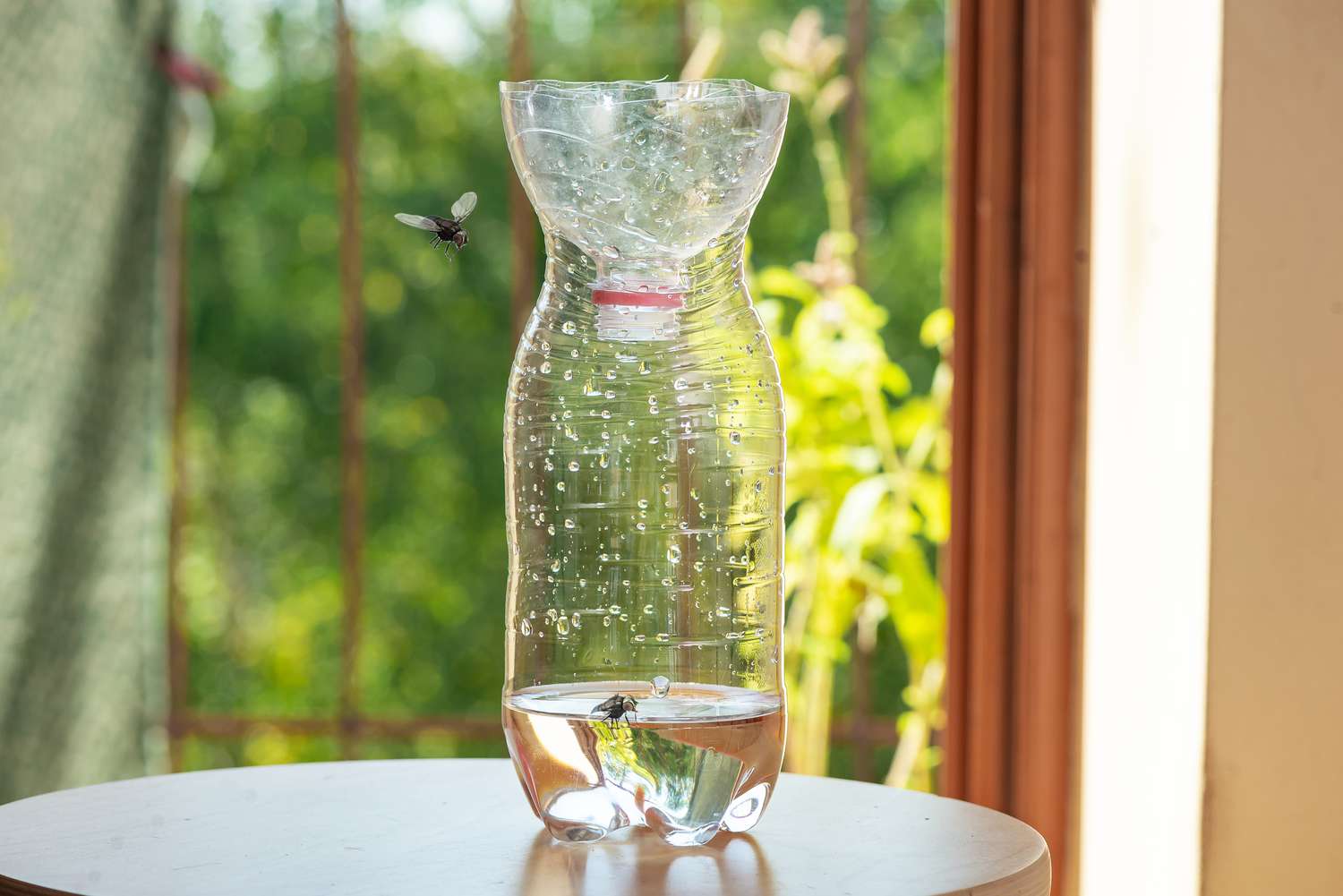
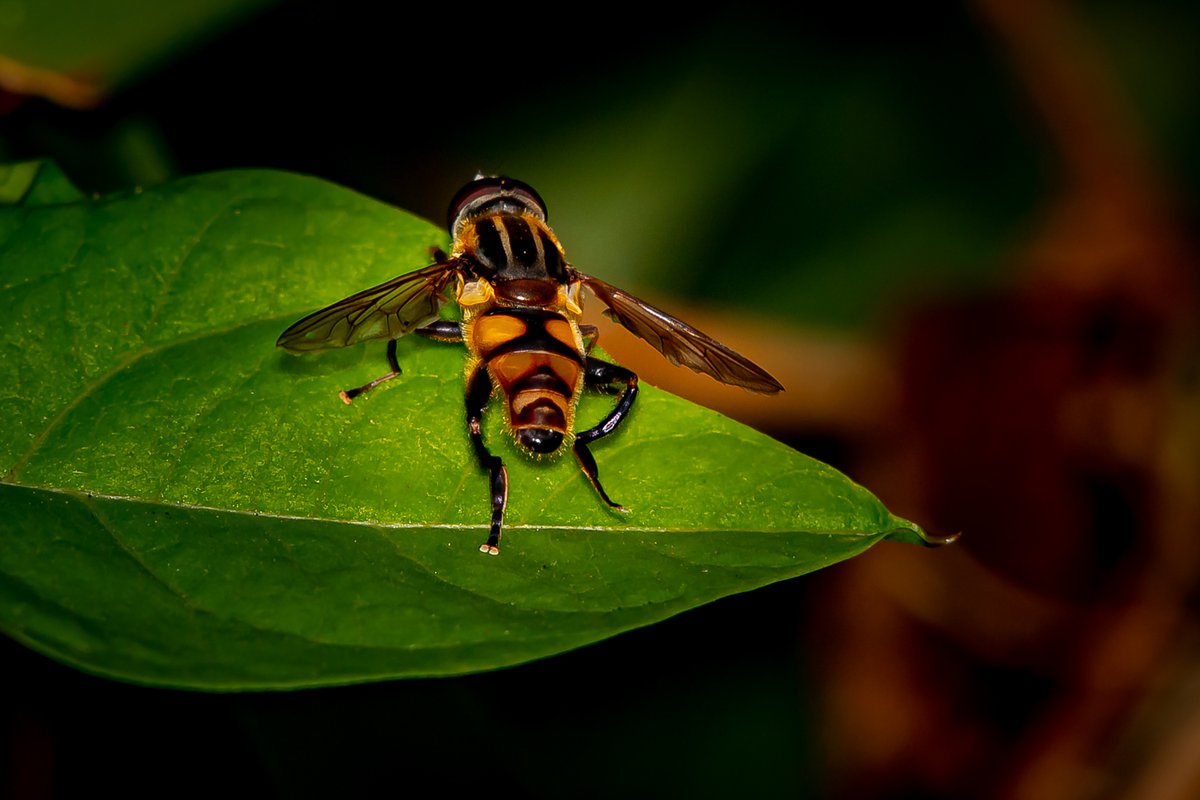
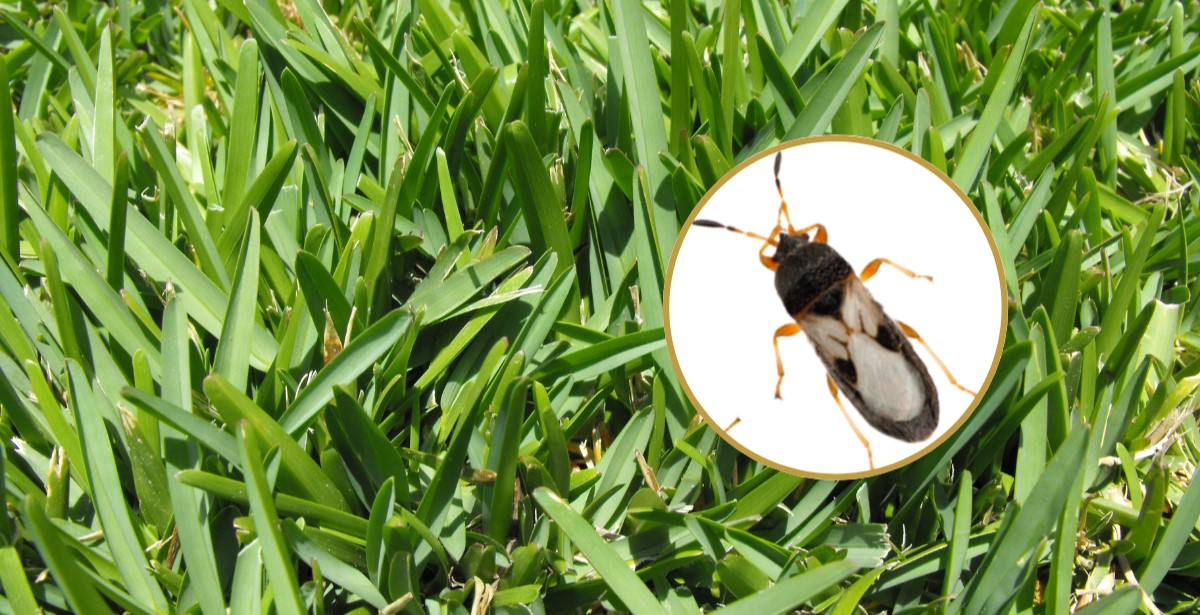
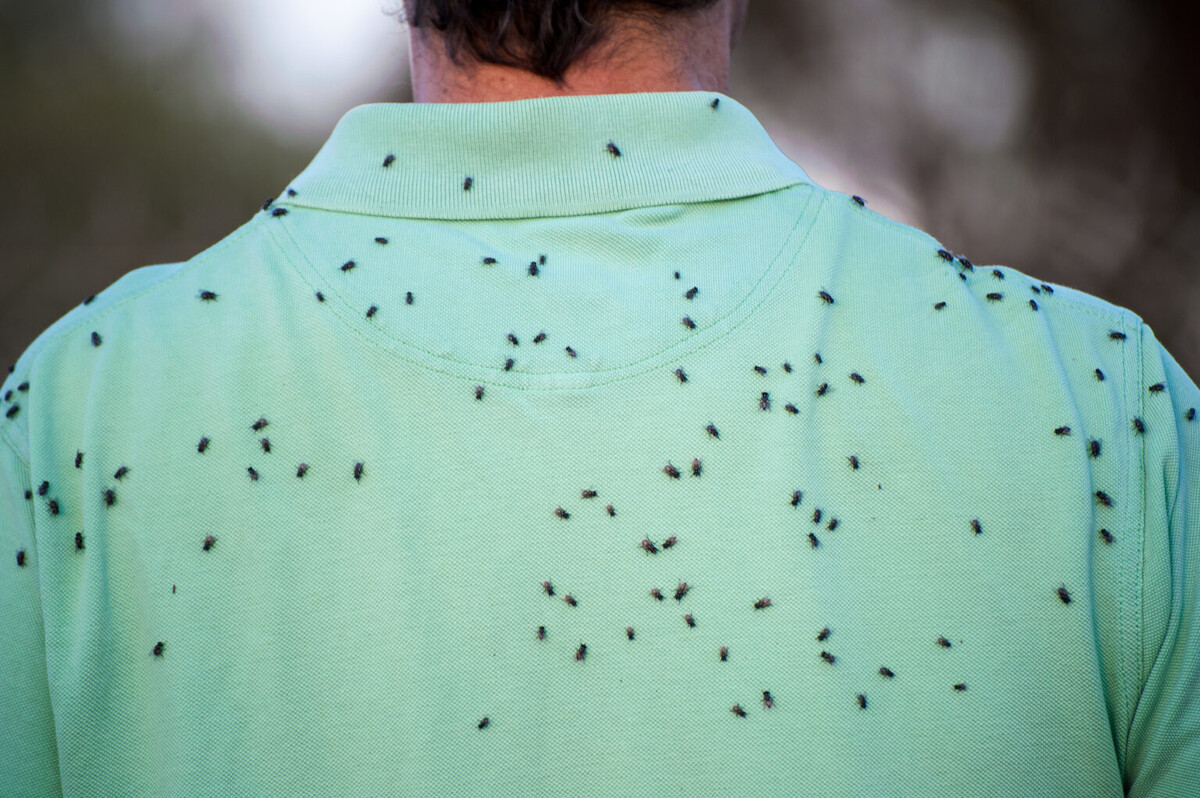
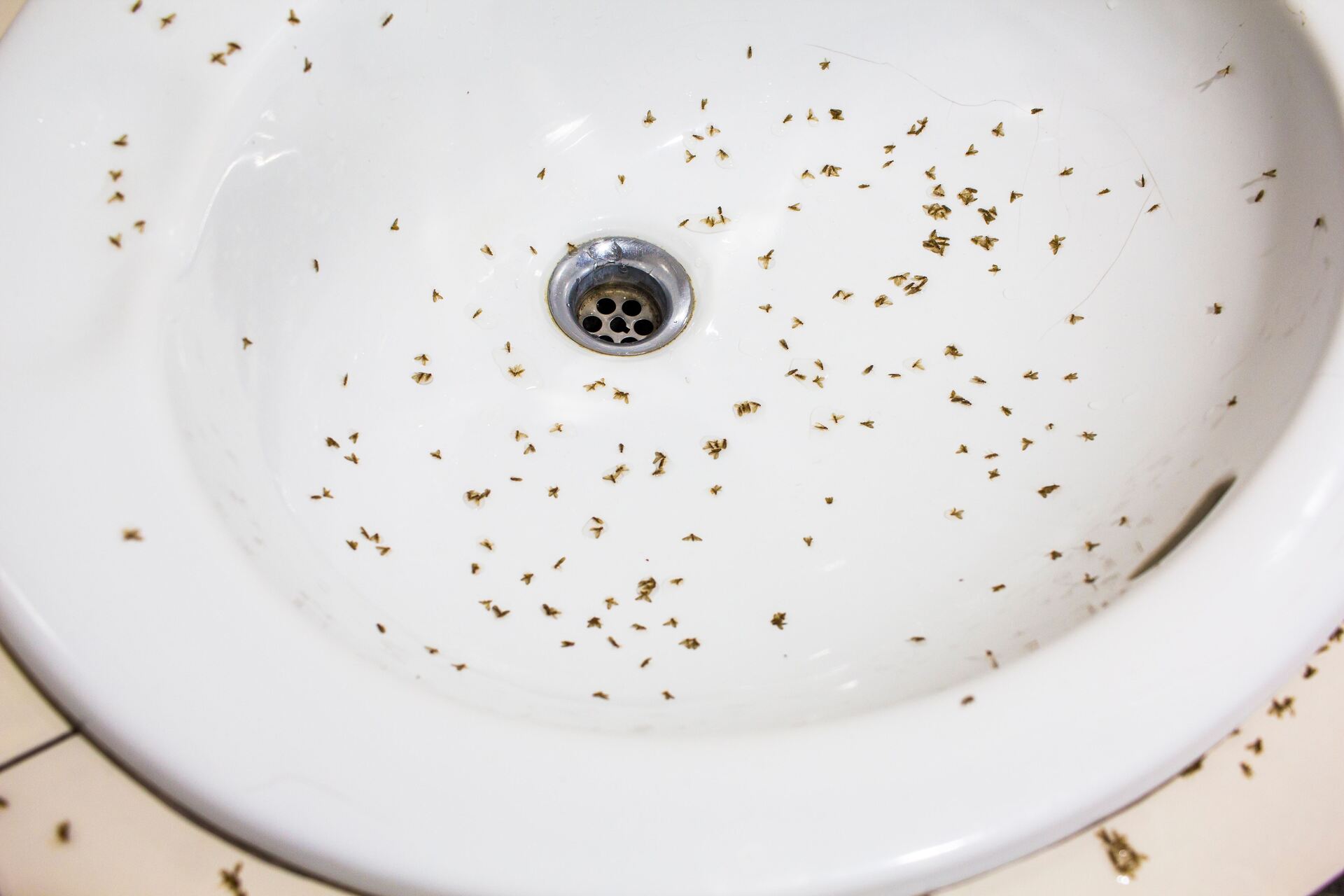
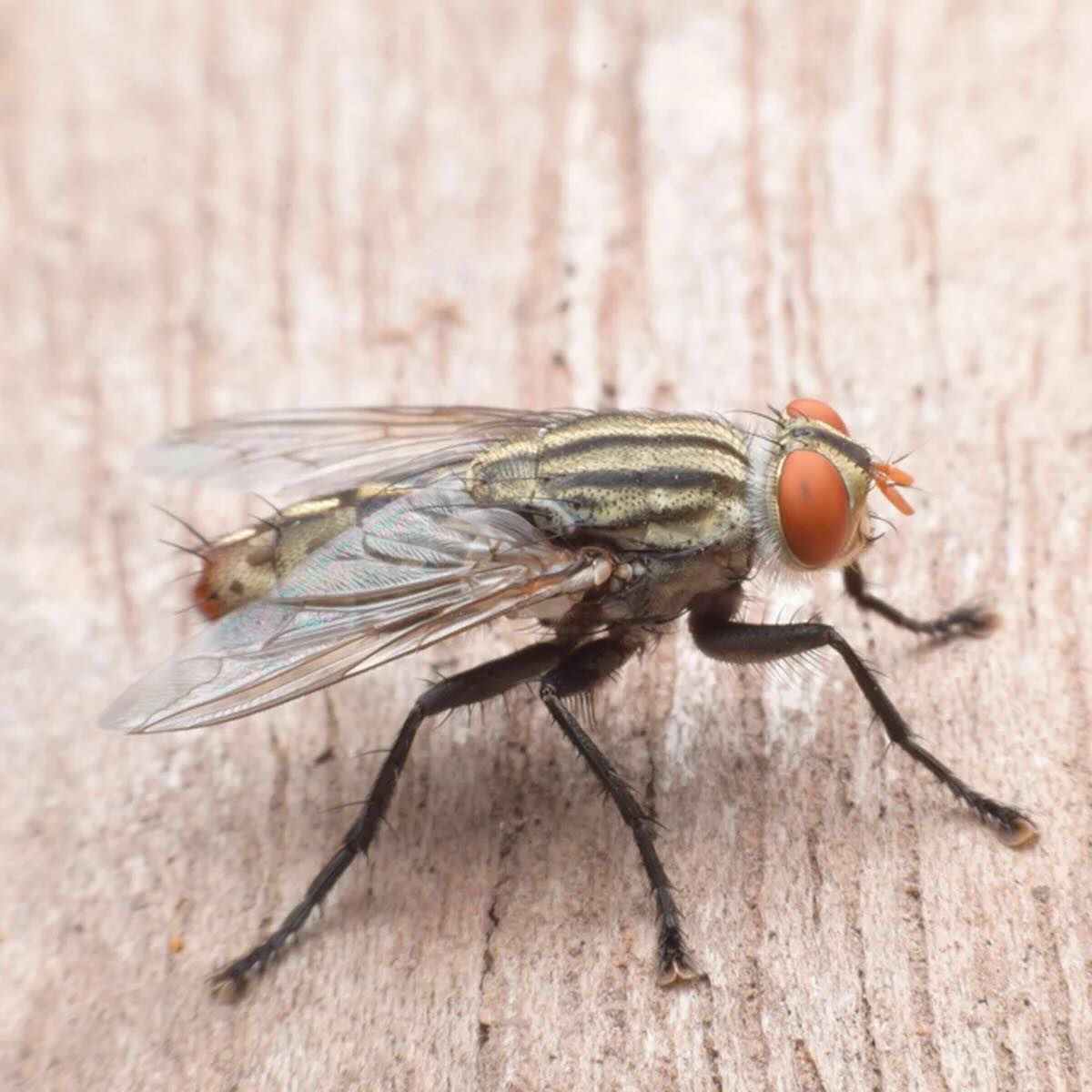
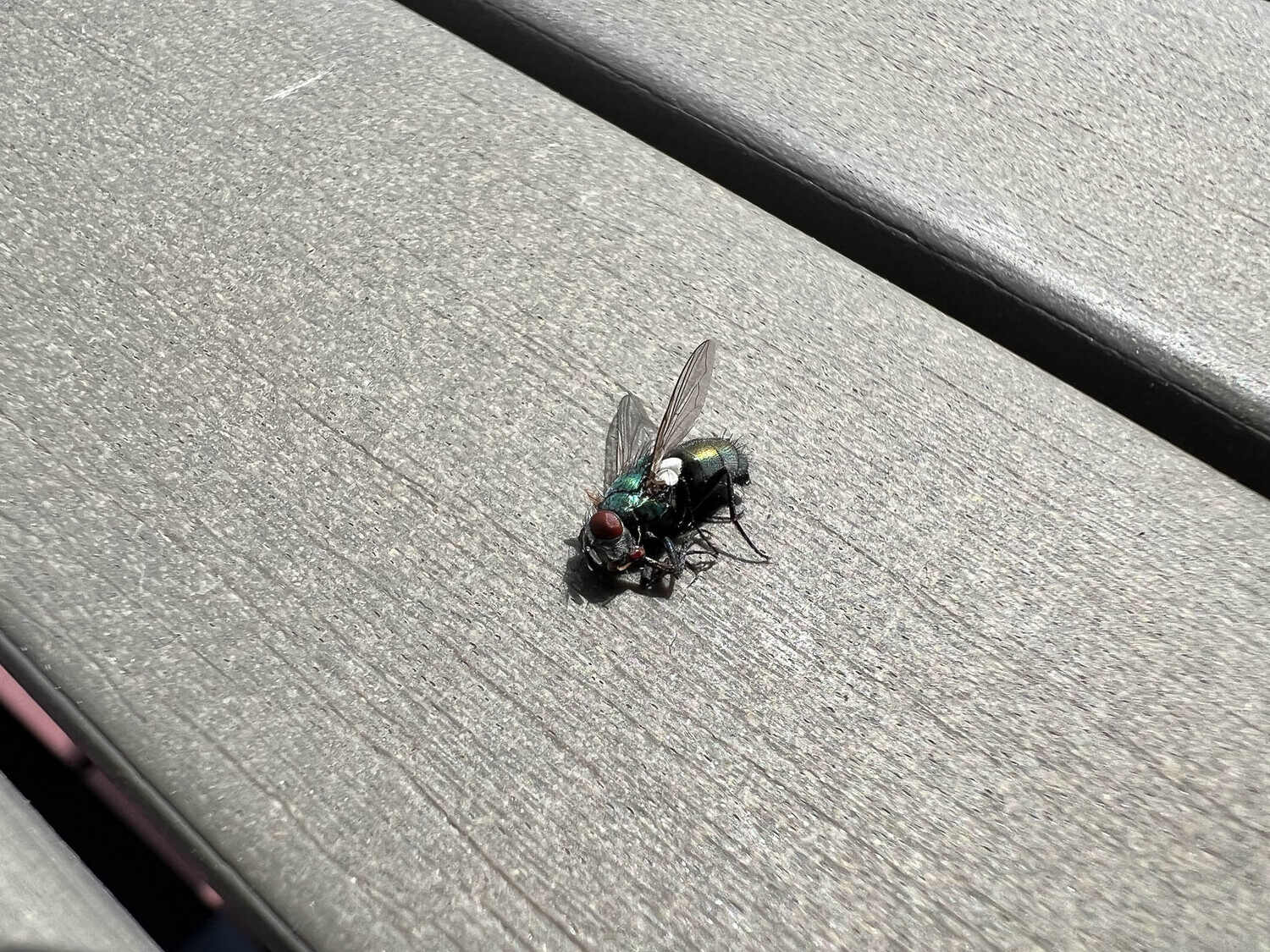
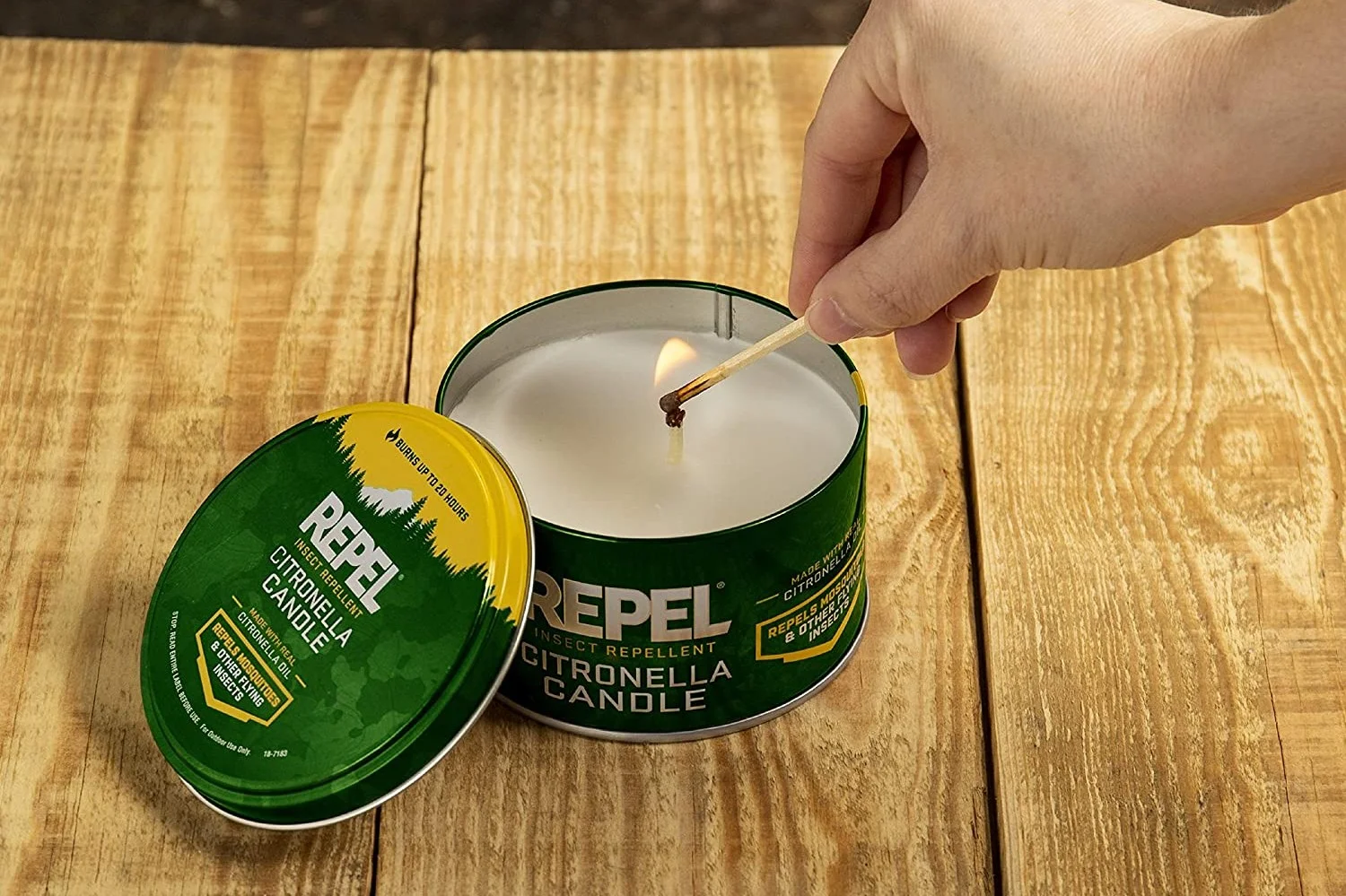
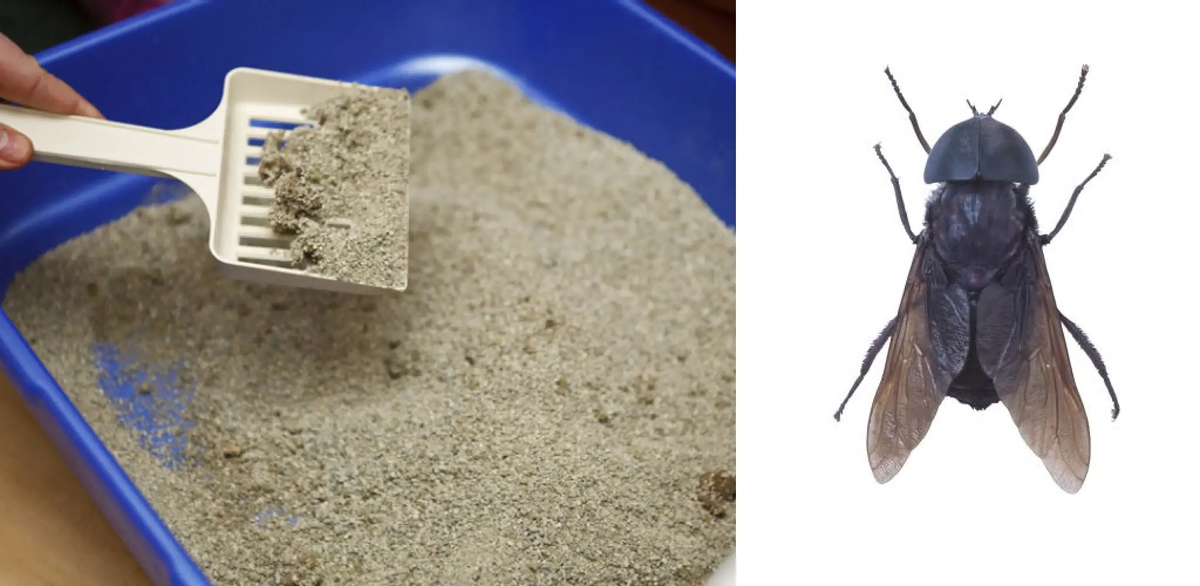
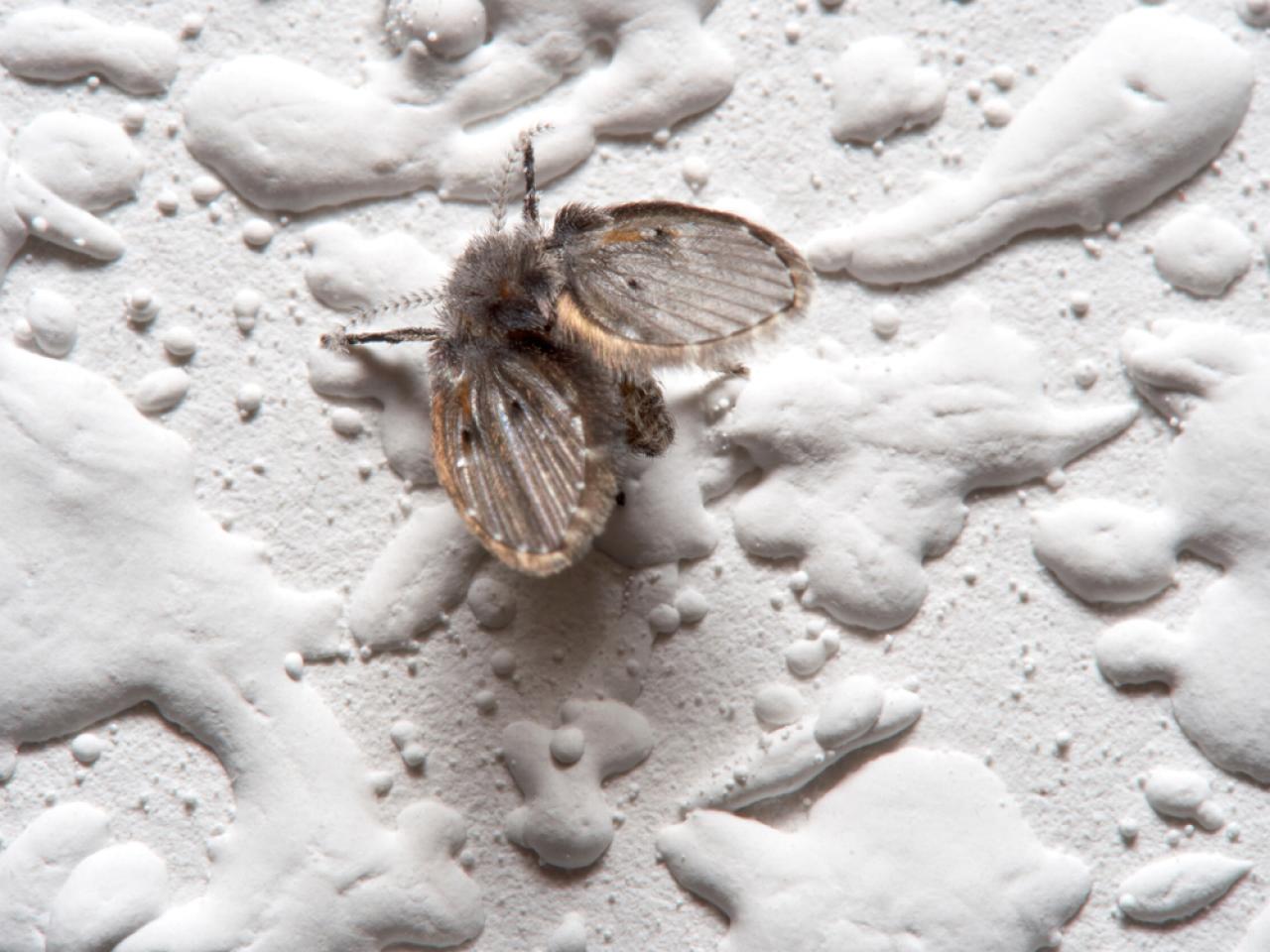
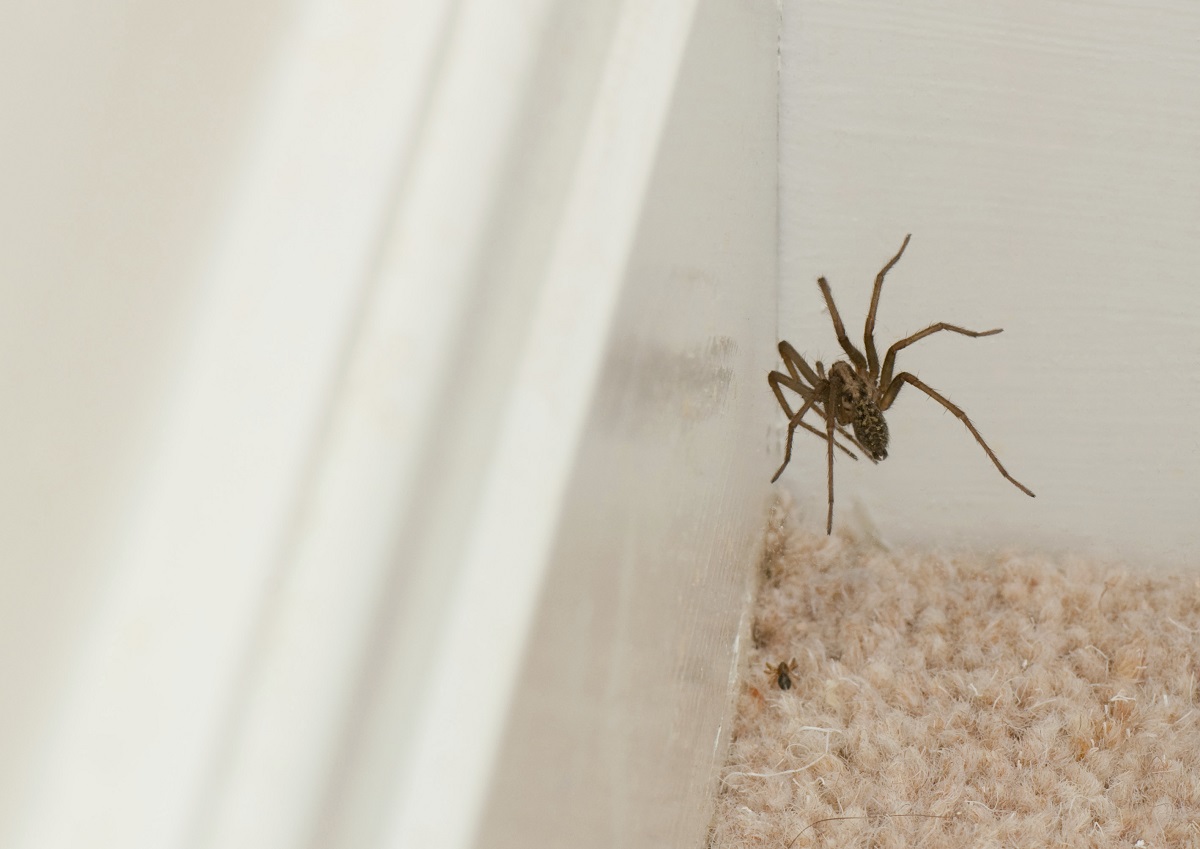
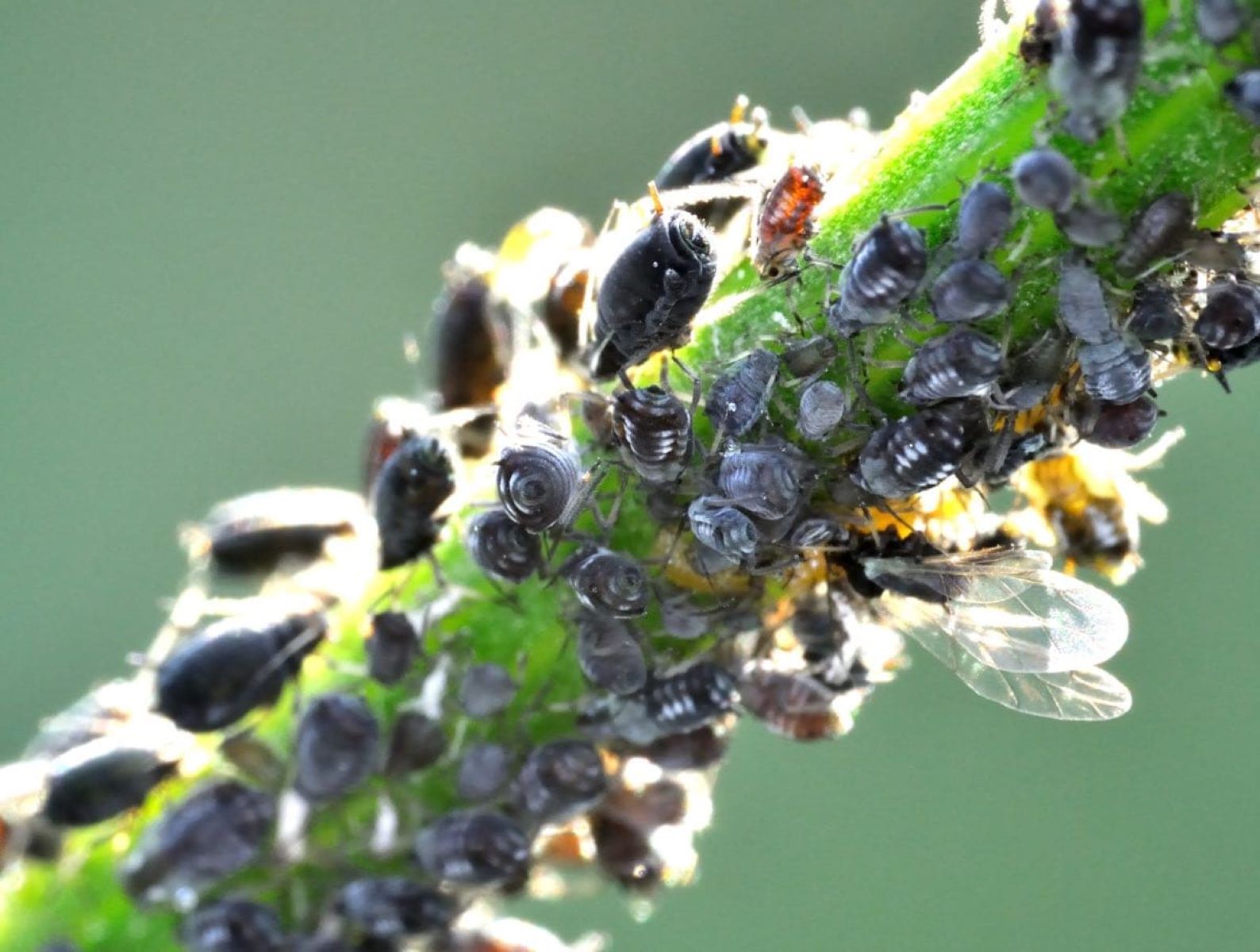

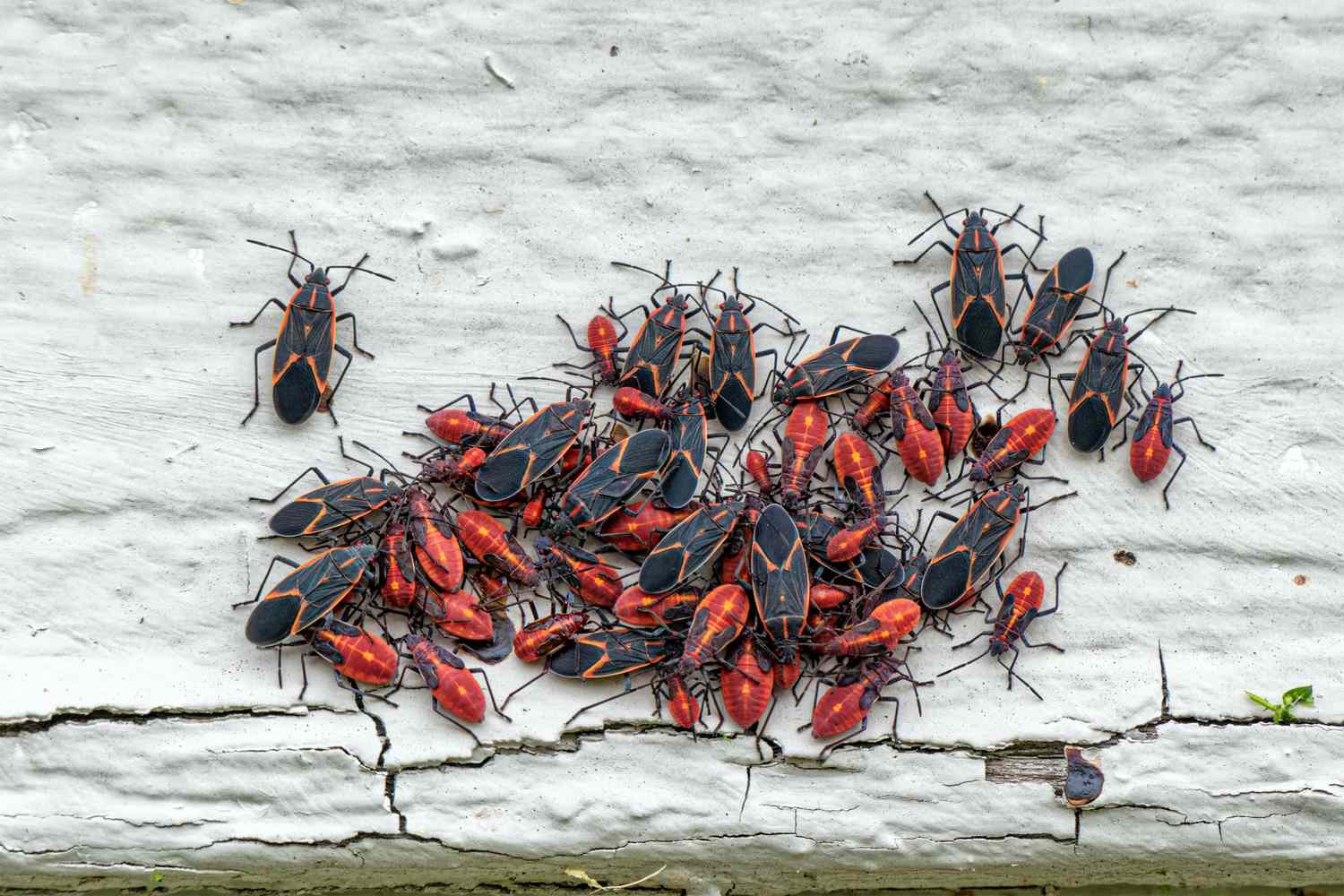

0 thoughts on “How To Get Rid Of Flying Bugs In The Grass”